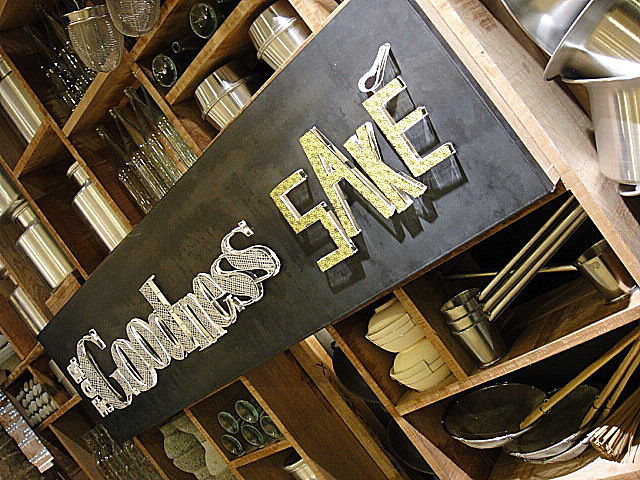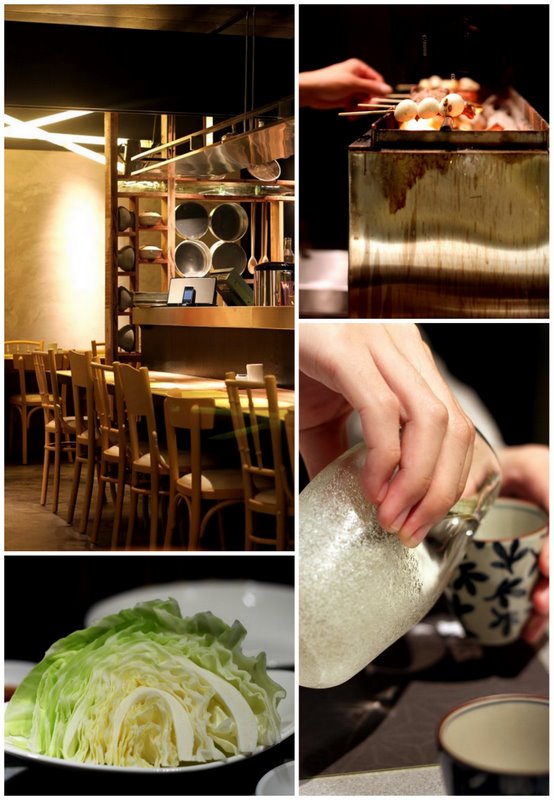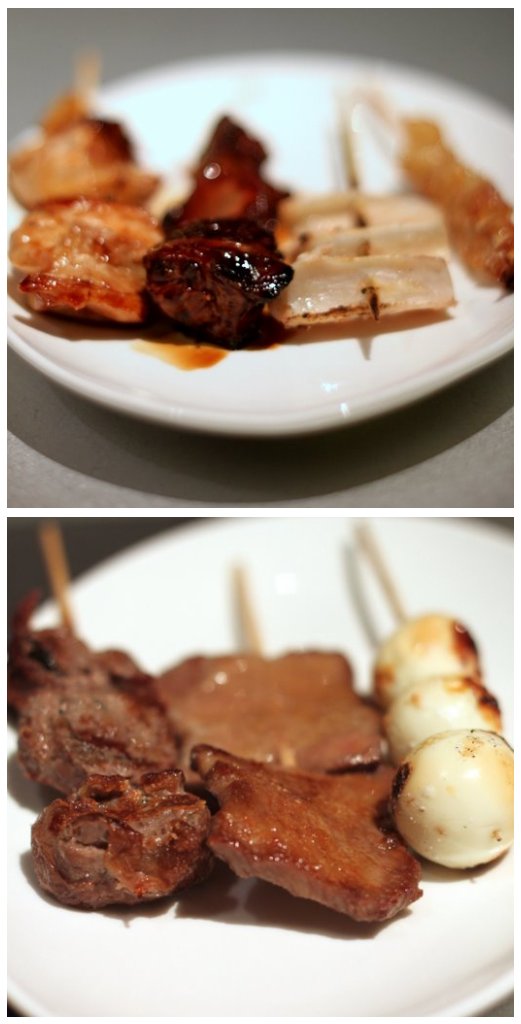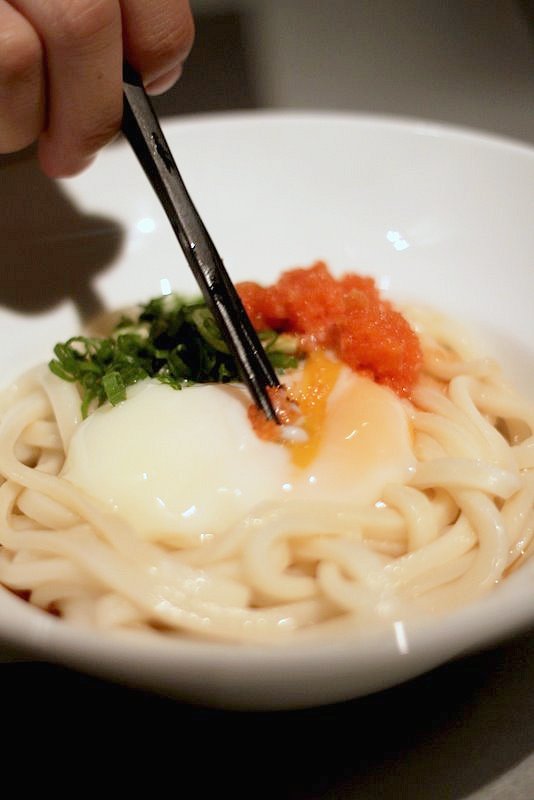Sake1 /sayk/
• noun (1)(for the sake of) for the purpose of or in the interest of. (2) (for the sake of) out of consideration for or in order to help. (3) (for old times’ sake) in memory of former times. (4) (for God’s/goodness sake) expressing impatience or desperation.
Saké2 /sä’kē, -kě/
• noun a Japanese alcoholic drink made from fermented rice.
— ORIGIN Japanese.
(Source: The Compact Oxford English Dictionary)
************************
I had arrived early and was standing outside For Goodness Saké while talking on the phone with him.
“Let’s eat at For Goodness Sake (sayk),” I said hesitantly, because it seemed like a strange name for a restaurant. I looked askance at the restaurant waitress.
“For Goodness Saké (sä’kě), ma’am,” she said.
I was still on the phone. “Saké? For Goodness Saké?” I said, to no one in particular.
“Hello?” he was still on the line.
“I’m confused. I’ll call you back.”
After a brief linguistic struggle, I decided that it was a pretty creative name after all. (“Hogwash,” he said, “it’s corny lah!”) For Goodness Saké is the latest addition to the ever growing Ms. Read empire. It doesn’t take a genius to figure out that the restaurant serves Japanese food, with a menu containing simple Japanese bar type fare – small bites, maki, sushi, salads, noodles and robatayaki. Robatayaki (Japanese grill) is only available for dinner, and includes chicken, beef, seafood and vegetables. A selection of sake and wine is also available for consumption.
Sake and yakitori are a great match; salty food generally goes wonderfully with alcohol, but eating the skewered meat was akin to downing a swig of the dead sea. After the initial sucking (a salt-removing ritual that I dreaded each time I picked up a morsel from the plate), the flavour of the meats generally came through. The shisho maki (shisho leaf and beef) and gyu tan (ox tongue) were tender and flavourful. The nan kotsu (soft bone chicken) was too chewy while the reba (chicken liver with teriyaki sauce) came out overcooked. The other items (quail eggs, chicken skin) were not very memorable.
Thankfully, the sucking and chewing process (consumed with lots of green tea and sake) ceased when the saba shioyaki (mackerel with salt) was placed before us. The grilling was perfect, revealing a thin crispy skin and moist immaculately cooked flesh. Intent on filling our stomachs further, we ordered a serving of Maki. The FGS Maki, presumably the house specialty since it bore the name of the restaurant, was a combination of rice, crabstick, avocado and mayo, rolled in ao nori and topped with ebiko. A no-brainer combination but it failed to create any lasting impression on me.
The tagline for the restaurant is “it’s a noodle bar”, so naturally, we weren’t about to walk away without trying their noodles. Our serving of Oroshi Udon came beautifully presented, a quivering poached egg placed on a bed of udon and garnished with spring onions and ebiko. We ate the noodles cold with a Japanese vinaigrette. Simple, filling fare, but again, quite forgettable.
I do like the place, though. The decor is aesthetically pleasing, and the food is reasonably priced making this a great place to visit with your friends when you’re in the mood to down a bottle of sake or two. Service is also attentive.
For Goodness Saké
2F-29A, Bangsar Village II,
No. 2, Jalan Telawi 1, Bangsar Baru, KL.






